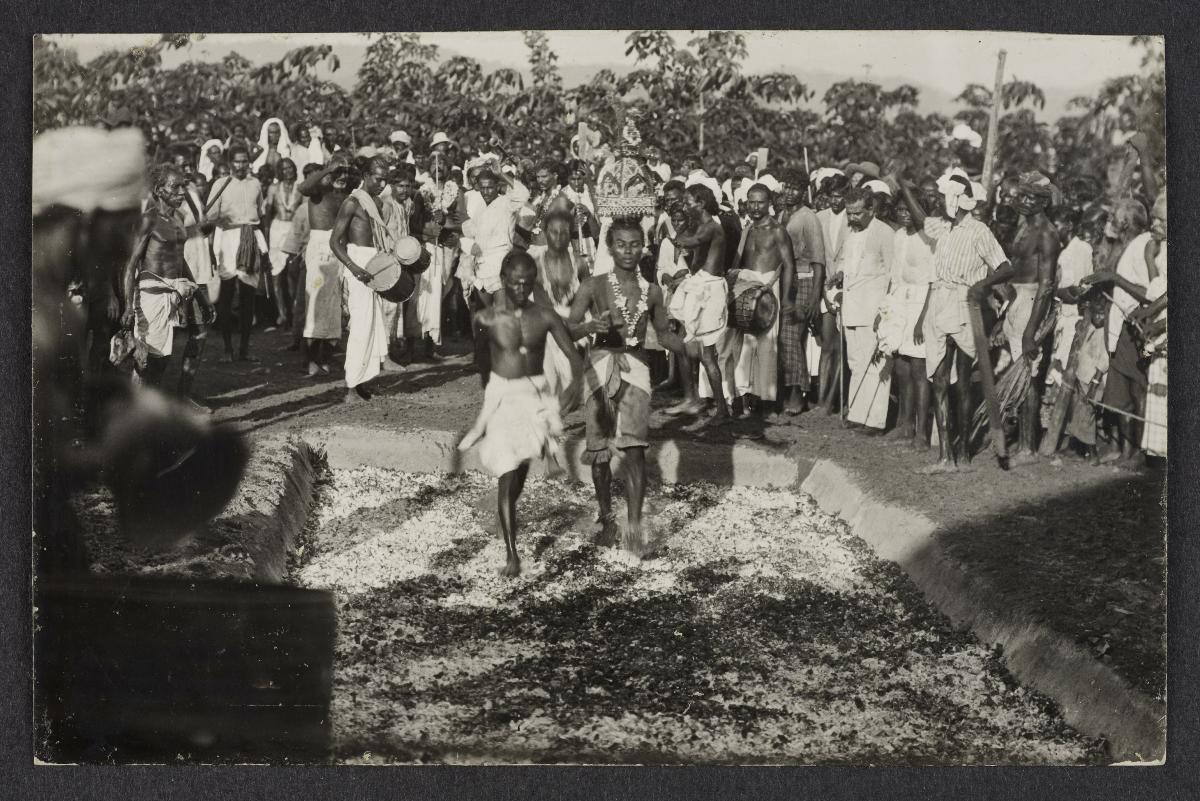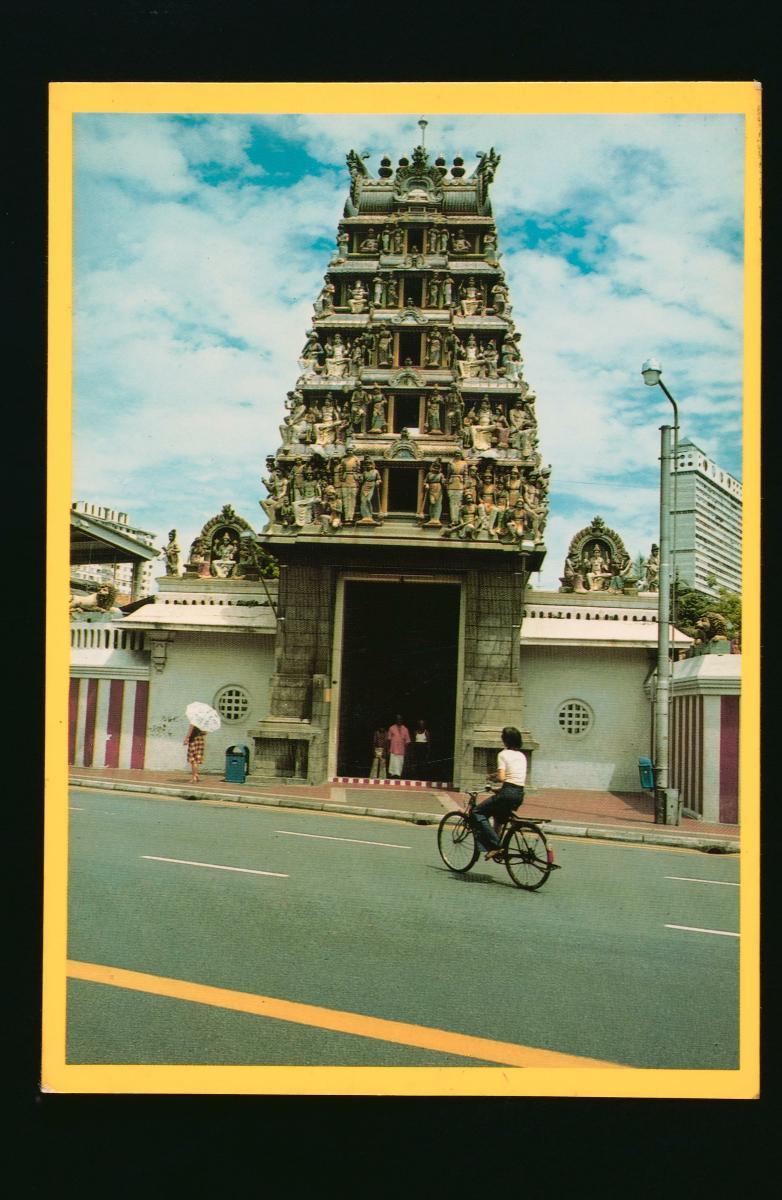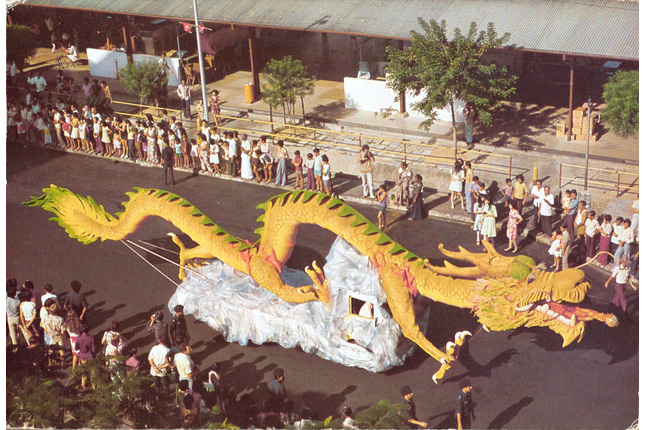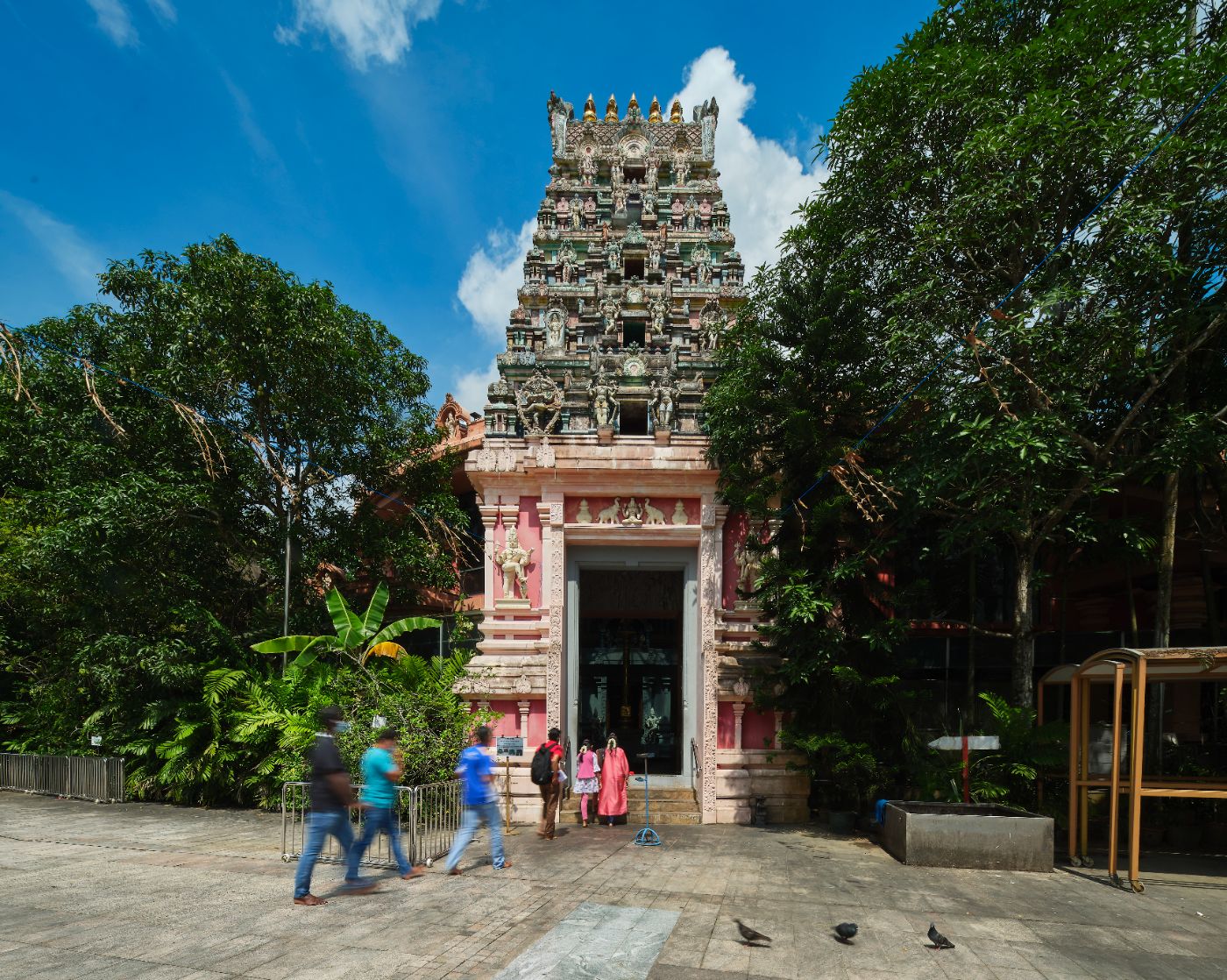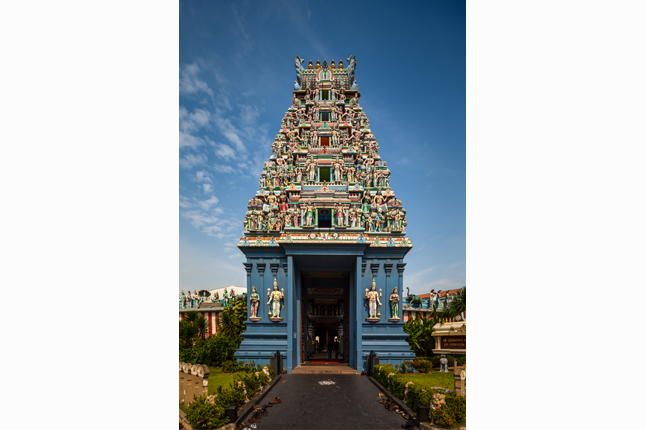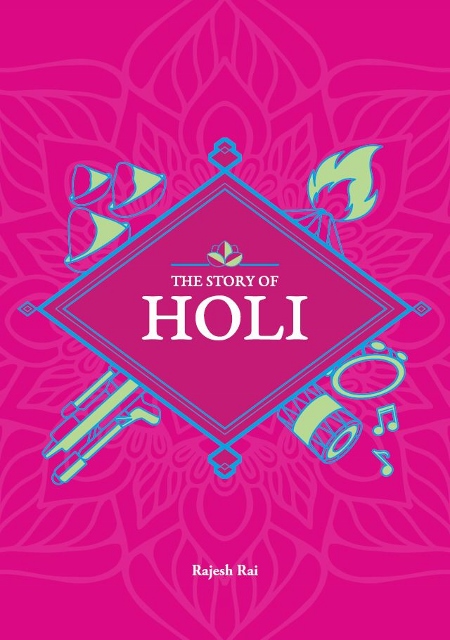Theemithi
Theemithi is Hindu festival, stretching over approximately three months, beginning in the Tamil month of Aadi (around July or August). It comprises a series of rituals and ceremonies, and ends with the fire-walking ceremony in October.
The festival is based on the ancient Indian epic Mahabharata and honours the heroine of the story, Draupadi, who proved her purity by walking barefoot across fire and emerging unharmed. Her worshippers draw inspiration from this and pray to Draupadi to ease the suffering in their lives. Walking on a pit of burnt wood embers is a way of showing their devotion.
Geographic Location
Theemithi originated in southern India and is celebrated by South Indians living in India, and also in countries such as Singapore, Malaysia, and Sri Lanka.
In Singapore, the festival is held annually at the Sri Mariamman Temple in South Bridge Road. This is the oldest Hindu temple in the country and has been the venue for Theemithi since 1840.
Communities Involved
The fire-walking ceremony in Singapore is mostly performed by South Indians, especially Tamils. It is a strictly males-only affair. Women are not allowed to walk on fire, but may participate as spectators.
Even though the fire-walking is a Hindu ceremony, men of other ethnicities, religions, and nationalities have been known to take part in it. The festival also draws many tourists.
The festival is organised by the Hindu Endowments Board, the management committee of Sri Mariamman Temple, and volunteers.
Associated Social and Cultural Practices
The Theemithi festival starts on the new moon day of the month of Aadi as indicated in the Tamil calendar. The first ritual is a flag-raising ceremony in goddess Draupadi’s sanctum. The flag bears the image of Lord Hanuman, as he is believed to protect the temple grounds until the end of the festival. From this day, the Mahabharata is read aloud every night in the temple by priests until the festival comes to a close.
A series of rituals and ceremonies are conducted for various Hindu gods over the following weeks, including some to goddess Mariamman, who is the principal deity of this temple. Special ceremonies are also held on the day of the fire-walking, an important one of which involves a male spirit medium re-enacting how Draupadi’s vow was fulfilled.
The fire pit is then dug by volunteers and wood is burnt. Meanwhile, the pandaram (priest) and volunteers make their way to the Sri Srinivasa Perumal Temple in Serangoon Road, and then walk back to Sri Mariamman Temple. They may carry sacred items during this 4 km-long walk, such as the karagam - a silver pot filled with water that is decorated with mango leaves and flowers and regarded as a manifestation of the goddess Draupadi.Once they reach the Sri Mariamman Temple, the fire-walking ceremony begins. The pandaram (priest) is the first one to go across the pit, followed by all the volunteers, and then the devotees.
All male devotees who plan to fire-walk have to first buy a ticket and kapu (a yellow string coloured with turmeric to signify protection) from the temple. They must also wear a dhoti (a rectangular piece of unstitched cloth, wrapped around the waist like a sarong), but have the option to be bare-chested or wear a T-shirt. They may also wear a garland around their necks.Those who attempt the fire-walk can then cool their feet in a pit filled with milk.
Experience of a Practitioner
Mr Balakrishnan s/o V. Ramasamy started volunteering at the Sri Mariamman Temple at the age of 17. At 18, he participated in his first fire-walking ceremony. Since then, he began to follow all the rituals pertaining to the festival properly and subsequently became deeply involved in all the religious activities at the temple, even playing the role of Draupadi fulfilling her vow during a Theemithi ceremony. Mr Balakrishnan was so adept at that role that everyone at the temple now addresses him as “Draupadi Bala”.
Mr Balakrishnan identifies very strongly with Theemithi and says that praying to goddess Draupadi has brought a lot of good in his life.
Present Status
The number of devotees taking part in the fire-walking ceremony has been steady over the years. Mr Balakrishnan thinks the festival is here to stay and the practice of fire-walking will continue to grow among Singaporeans.
References
Reference No.: ICH-030
Date of Inclusion: April 2018; Updated March 2019
References
Angresh, Jyoti. Living in Singapore - Heritage and Traditions. American Association of Singapore, 2016.
Babb, L. A. Walking on flowers in Singapore: A Hindu festival cycle. Singapore: Department of Sociology, University of Singapore, 1974.
Bhattacharya, Jayati and Kripalani, Coonoor. Indian and Chinese Immigrant Communities: Comparative Perspectives. Anthem Press, 2015.
Mathews, Mathew. The Singapore Ethnic Mosaic: Many Cultures, One People. Singapore: World Scientific Publishing, 2017.
Sinha, Vineeta. A New God in the Diaspora?: Muneeswaran Worship in Contemporary Singapore. Singapore: NUS Press, 2005.








